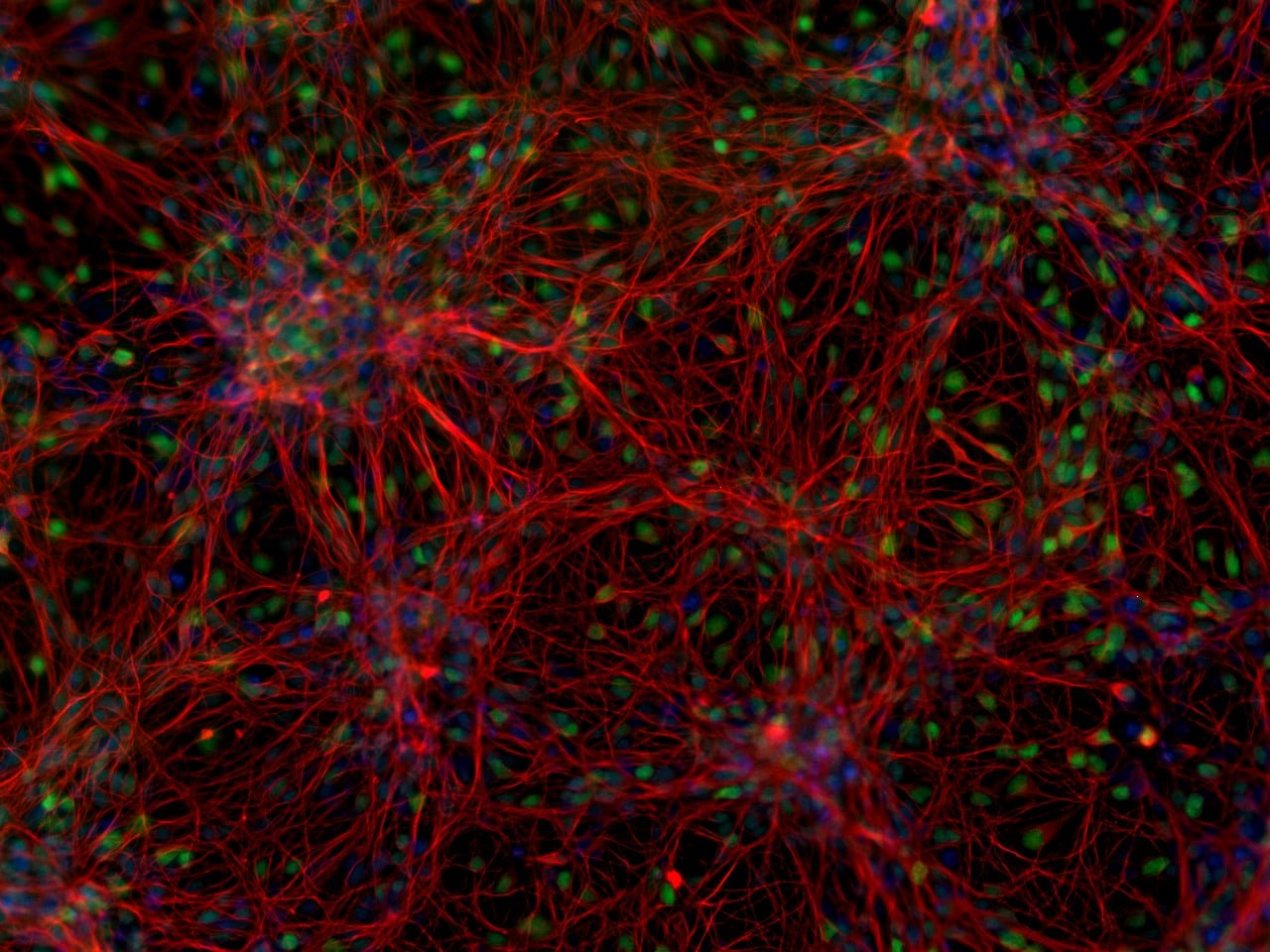Small direct current (DC) electric fields (EFs) guide neurite growth and migration of neural stem cells in our brains (NSCs)- another testimony to this is a recent investigation by scientists at the University of California published yesterday in the journal Stem Cell Reports.
Natural neural stem cells develop into other brain tissues and are found in the subventricular zone and hippocampus. As part of their job profile, they are required to migrate to distant parts in the large human brain to repair damage to the outer layers of the brain (the cortex). Also, transplanted stem cells might also have to migrate some way to find an area of damage.
“One unmet need in regenerative medicine is how to effectively and safely mobilize and guide stem cells to migrate to lesion sites for repair. Inefficient migration of those cells to lesions is a significant roadblock to developing effective clinical applications.” Said Professor Min Zhao at the University of California.
Therefore, the scientists undertook a study to understand how electric fields ca
n guide wound healing. Through the study discovered how damaged tissues generate weak electric fields, and how they in turn attract cells into wounds to heal them.Dr. Junfeng Feng, a neurosurgeon at Ren Ji Hospital, Shanghai Jiao Tong University and Shanghai Institute of Head Trauma, who visited Zhao’s lab in order to understand this phenomenon collaborated on the study and helped develop a model of stem cell transplants in rats.
They then placed human neural stem cells in a pathway in the rat brain that carries cells towards the olfactory bulb and governs the animal’s sense of smell known as the rostral migration stream.
Cells move along this pathway partly carried by the flow of cerebrospinal fluid and partly guided by chemical signals. And in the course of the study applied an electric field within the rat’s brain and found that they could get the transplanted stem cells to swim “upstream” against the fluid flow and natural cues and head for other locations within the brain.
The transplanted stem cells were still in their new locations weeks or months after treatment.
“Electrical mobilization and guidance of stem cells in the brain therefore provides a potential approach to facilitate stem cell therapies for brain diseases, stroke and injuries,” Zhao said



























